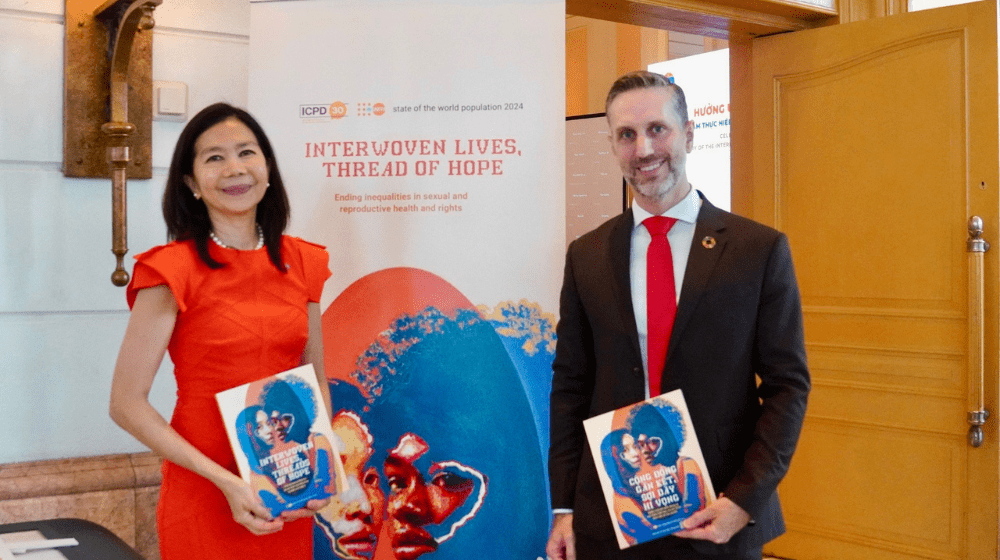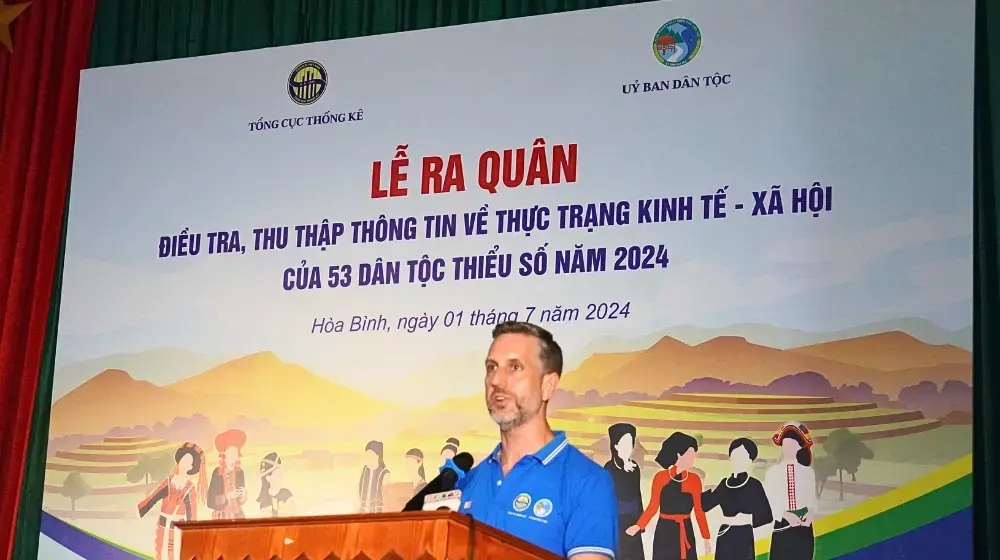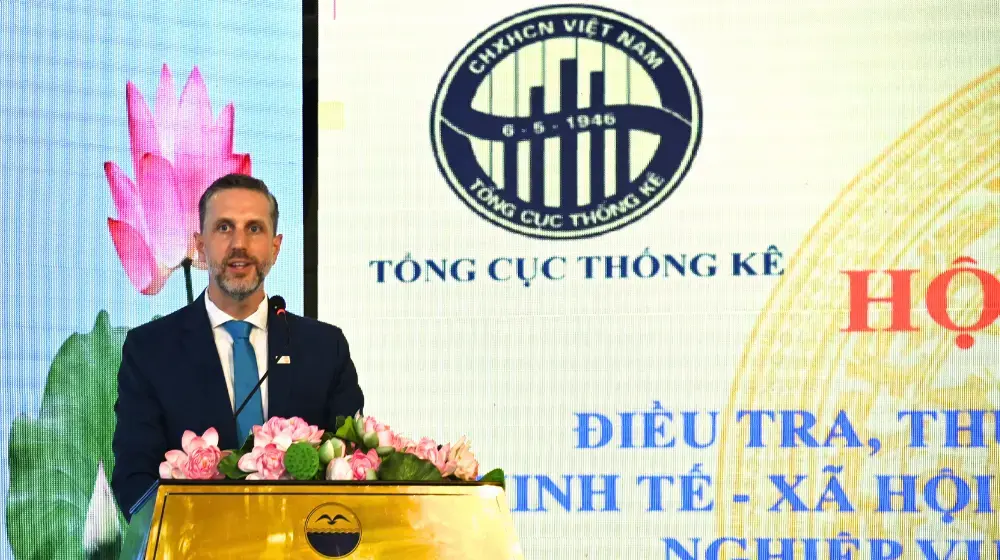-
Excellency, Ms. Dao Hong Lan, Minister of Health;
-
Excellencies Representatives from Government’s Ministries and agencies of Viet Nam;
-
Excellencies Ambassadors and Heads of International Organisations;
Investment in sexual and reproductive health and rights is investing in ending poverty and ending inequality. We cannot achieve our common goals if we leave half of humanity behind, says UN Resident Coordinator in Viet Nam Pauline Tamesis
Statement
Investment in sexual and reproductive health and rights is investing in ending poverty and ending inequality. We cannot achieve our common goals if we leave half of humanity behind, says UN Resident Coordinator in Viet Nam Pauline Tamesis
11 July 2024





